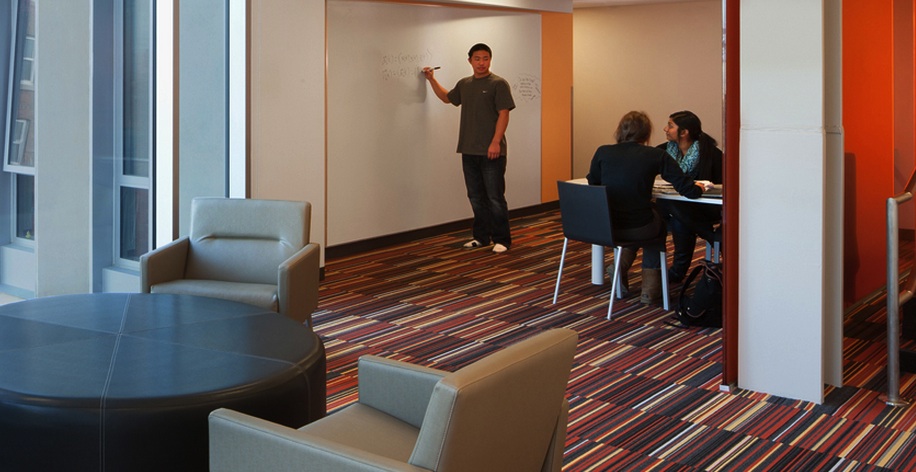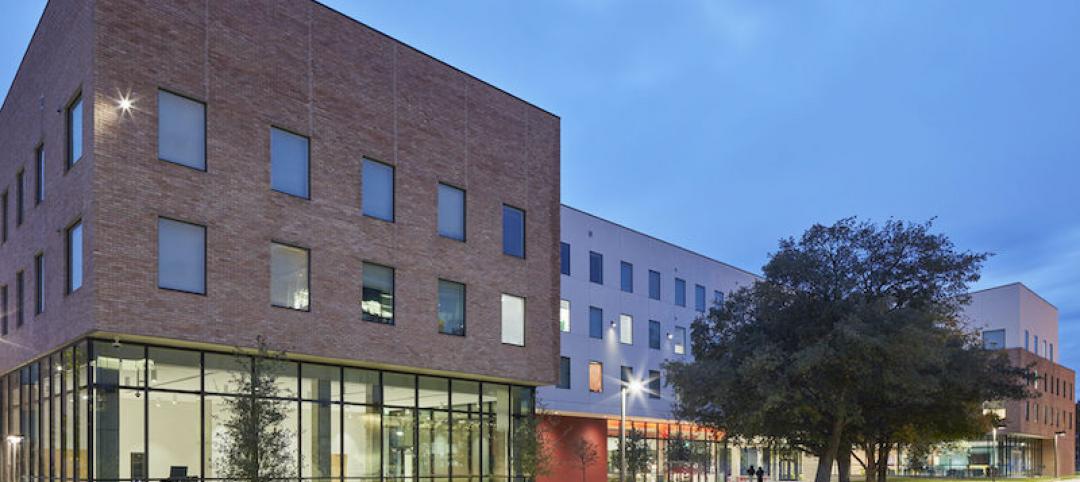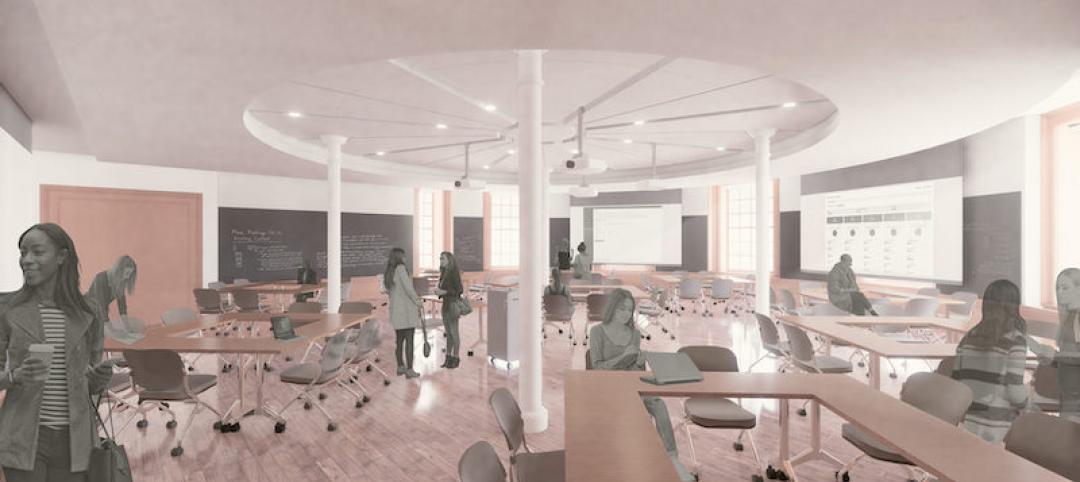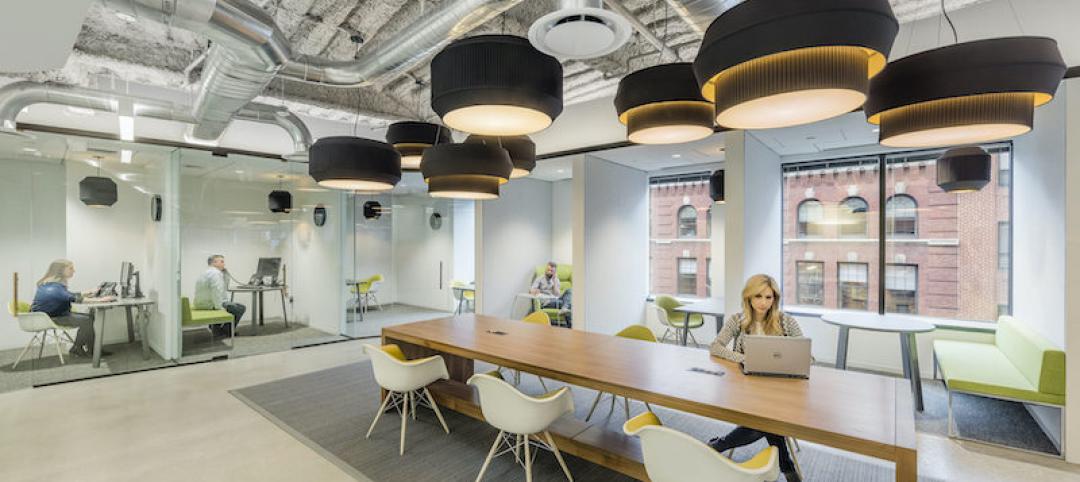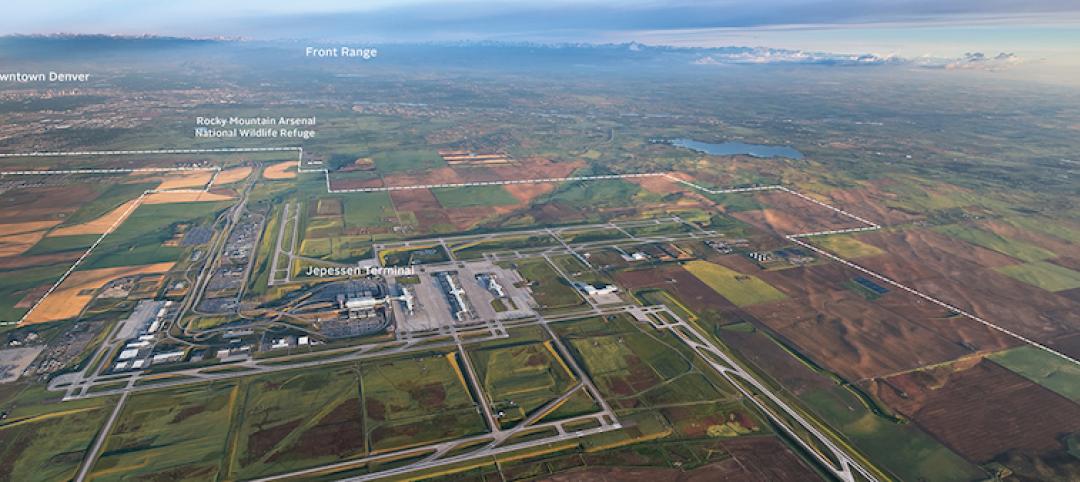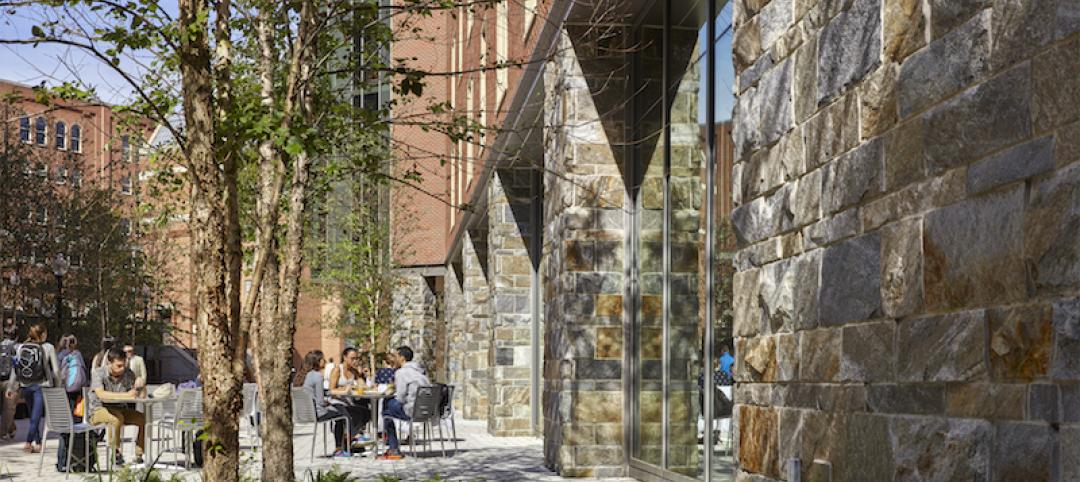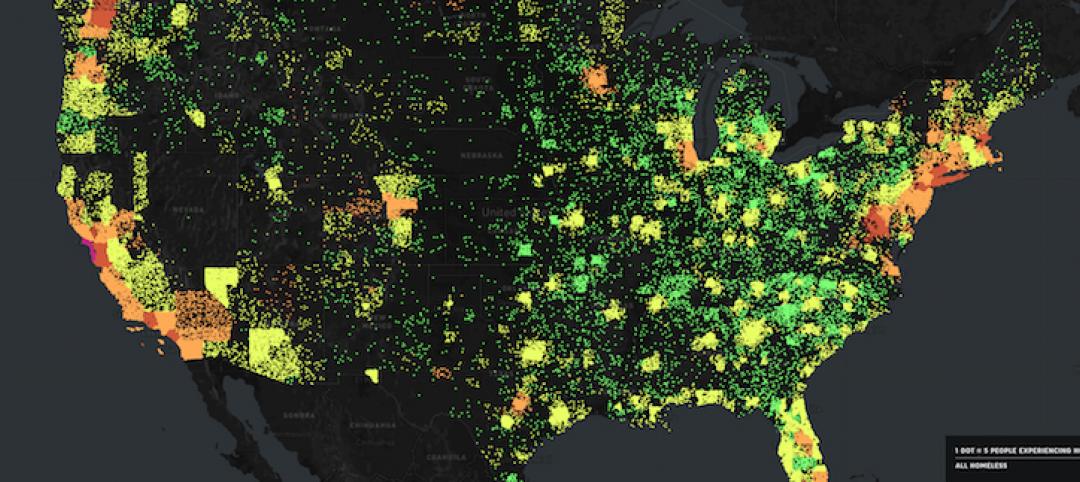Higher education is rapidly evolving. As we use planning and design to help our clients navigate major shifts in culture, technology, and funding, it is essential to focus on strategies that help foster an education that is relevant after graduation.
One way to promote relevance is to strengthen the bond between academic disciplines and the campus residential life experience. Students spend the majority of their on-campus time outside the classroom, so supporting academic endeavors and exploration across the spectrum of campus environments is important.
Studies show this is best accomplished when learning communities are integrated with living environments. By physically integrating living and learning on campus, students' social and academic lives are connected—shaping their overall experience and encouraging their success.
Read More Posts on the Sasaki Ideas Blog
Students in living/learning environments also are more engaged in student life, have higher retention rates, and are more active as alumni than their peers who do not have the benefit of this structure.
For specific academic programs or student demographics, tailored living/learning environments support respective needs. For example, sustainability majors may have living environments situated near—or even permeated by—natural systems. First generation college students need a more supportive, academically-oriented environment to help them establish educational priorities and good study habits.
Spaces that support a culture of achievement and collaboration beyond the classroom help students build relationships that promote student success—and last a lifetime.
Click through the slideshow to see Stephen Lacker's six strategies for integrating living and learning on campus:
About the Author
Stephen Lacker, AIA, LEED AP, is a senior associate and architect with extensive experience in the design and construction of academic and cultural institutions. With wide-ranging expertise, he pursues simple and elegant solutions to complex problems. Read his bio here.
More from Author
Sasaki | Feb 5, 2024
Lessons learned from 70 years of building cities
As Sasaki looks back on 70 years of practice, we’re also looking to the future of cities. While we can’t predict what will be, we do know the needs of cities are as diverse as their scale, climate, economy, governance, and culture.
Sasaki | Aug 6, 2021
Microclimates and community
Creating meaningful places that contribute to a network of campus open spaces is a primary objective when we design projects for higher education.
Sasaki | Apr 12, 2021
I’ll meet you right outside: Microclimates and community
These high quality exterior gathering places are increasingly important in supporting community.
Sasaki | Feb 16, 2021
A humanistic approach to data and design in the COVID era
As the COVID crisis continues to disrupt higher education, Sasaki is working with our campus clients on space planning initiatives that harness data to uncover solutions to complex challenges never before faced by college and university leaders.
Sasaki | Jul 28, 2020
Post-pandemic workplace design will not be the same for all
Regardless of whether it takes 3 or 18 months to fully return to work, it is clear the long march toward re-emergence from this global pandemic will likely be more of a gradual re-opening than a simultaneous return to life as we knew it.
Sasaki | May 31, 2018
Denver's airport city
Cultivation of airport cities is an emerging development strategy shaped by urban planners, civic leaders, airport executives, and academics.
Sasaki | Feb 12, 2018
Stormwater as an asset on urban campuses
While there is no single silver bullet to reverse the effects of climate change, designers can help to plan ahead for handling more water in our cities by working with private and public land-holders who promote more sustainable design and development.
Sasaki | May 26, 2017
Innovations in addressing homelessness
Parks departments and designers find new approaches to ameliorate homelessness.
Sasaki | Apr 3, 2017
Capturing the waterfront draw
People seem to experience a gravitation toward the water’s edge acutely and we traverse concrete and asphalt just to gaze out over an open expanse or to dip our toes in the blue stuff.
Sasaki | Dec 14, 2016
The future of libraries
The arrival of programs that support student and faculty success such as math emporiums, writing centers, academic enrichment programs, and excellence-in-teaching centers within the library, heralds the emergence of the third generation of academic library design.

